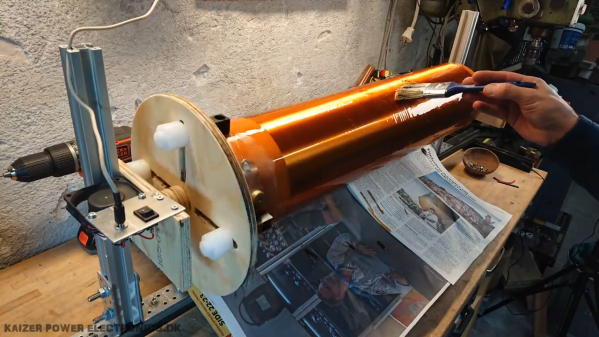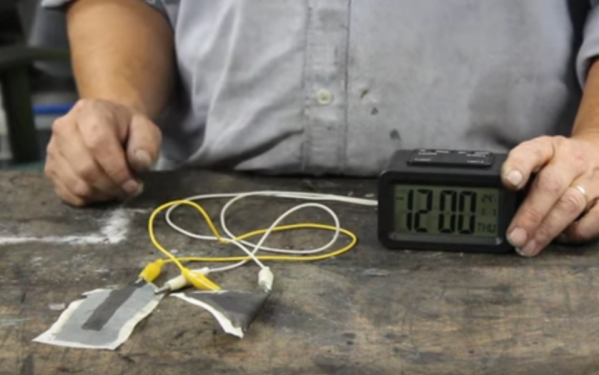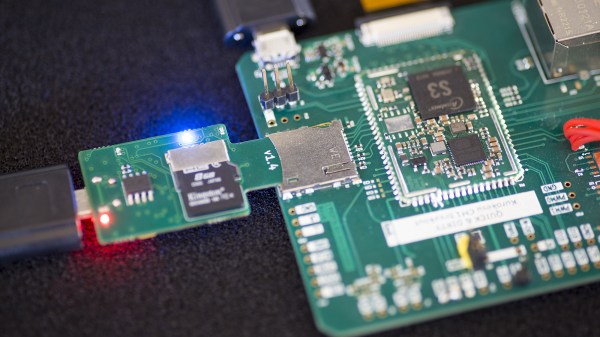We’ve been interested in looking at how AI can process things other than silly images. That’s why the “Free AI Bot that Generates the Excel Formula for Any Problem” caught our eye. Based on GPT-3, it supposedly transforms your problem description into a formula suitable for Excel or Google Sheets.
Our first prompt didn’t work out very well. But that was sort of our fault. When they say “Excel formula” they mean that quite literally. So trying to describe the actual result you want in terms of columns or rows seems to be beyond it. Not realizing that, we asked:
If the sum of column H is greater than 50, multiply column A by 0.33
And got:
=IF(SUM(H:H)>50,A*0.33,0)
A Better Try
Which is close, but not really how anyone even mildly proficient with Excel would interpret that request. But that’s not fair. It really needs to be a y=f(x) sort of problem, we suppose.


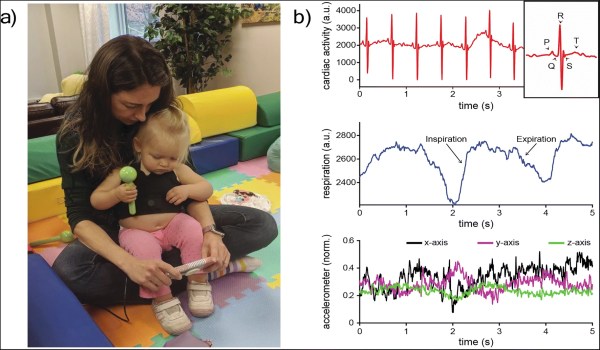
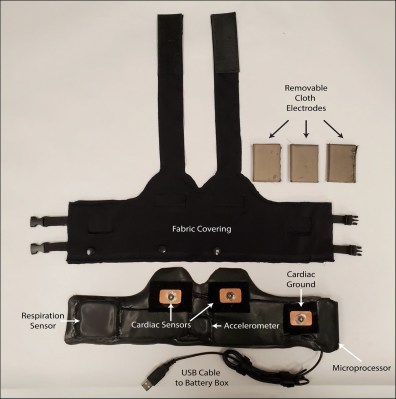 Their device includes a number of components we’ve seen already. There is an HC-05 Bluetooth module,
Their device includes a number of components we’ve seen already. There is an HC-05 Bluetooth module, 